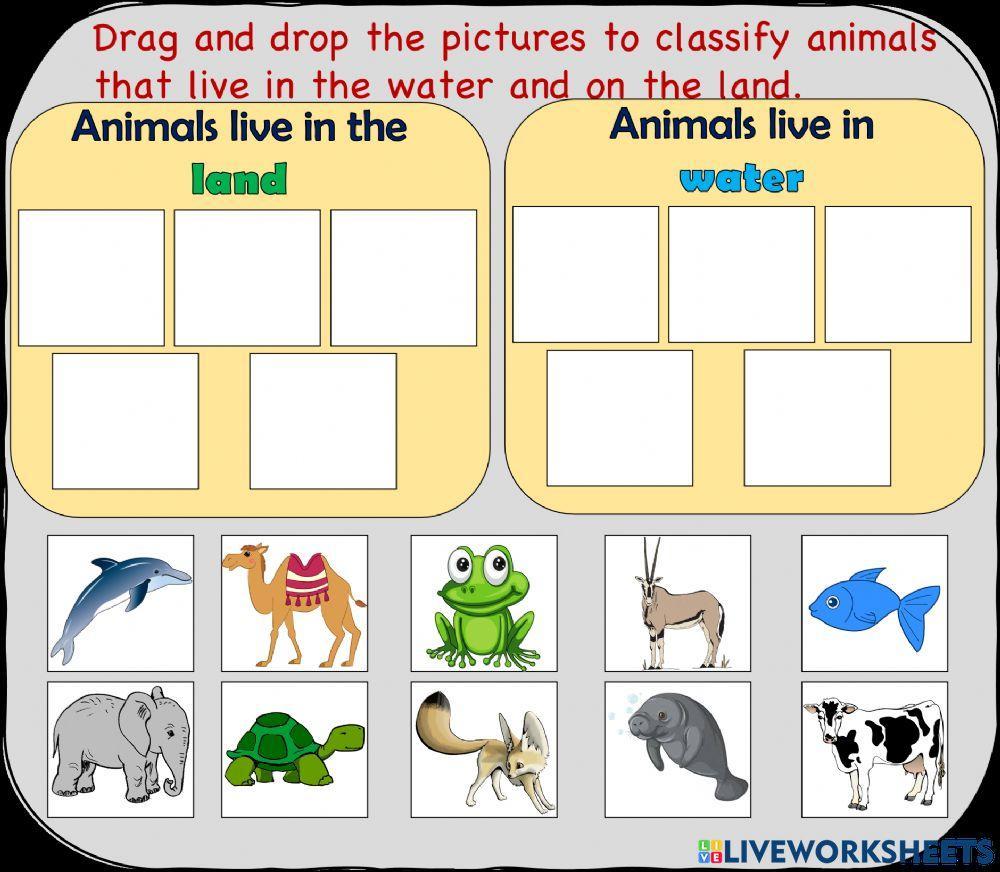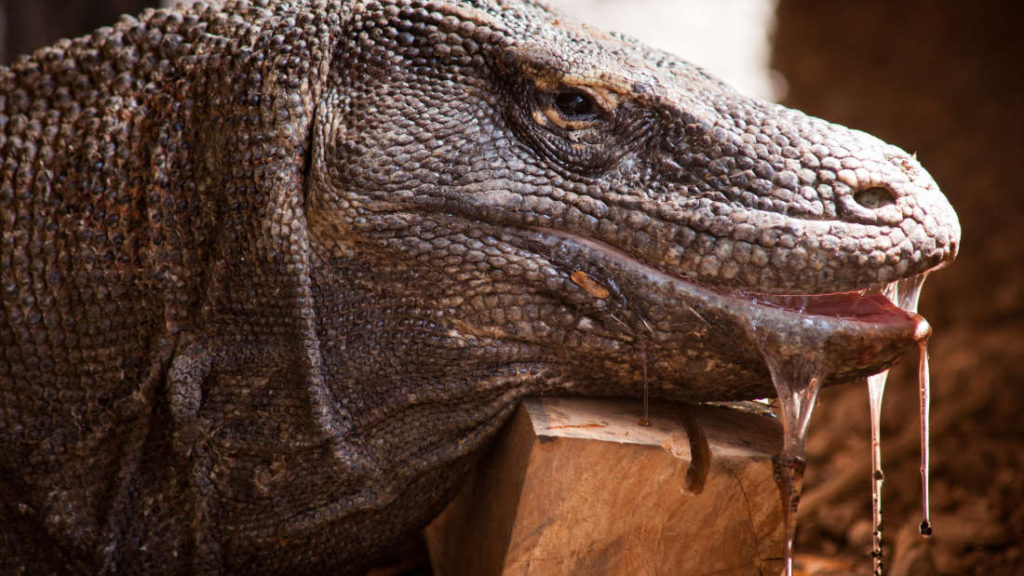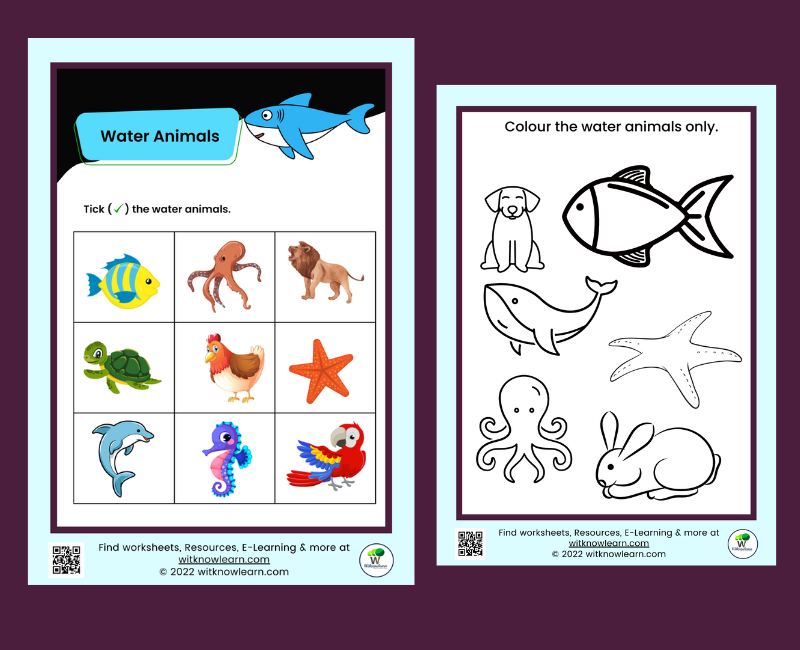Water is an essential part of life on Earth, serving as a vital resource for all living beings. While many animals inhabit terrestrial environments, a fascinating group of creatures thrives in aquatic ecosystems. These remarkable animals that like water exhibit incredible adaptations that enable them to survive and flourish in their watery homes. From the depths of the oceans to the banks of rivers and lakes, these animals have developed unique physical and behavioral traits that allow them to explore and navigate their wet habitats with ease.
In this article, we will delve into various animals that like water, exploring their characteristics, habitats, and the reasons behind their affinity for aquatic environments. From playful otters to majestic whales, we will showcase the remarkable diversity of life that depends on water. Understanding these animals not only enhances our appreciation of nature but also emphasizes the importance of preserving their habitats for future generations.
Whether you’re a nature enthusiast, an animal lover, or simply curious about the creatures that share our planet, join us as we embark on this journey to discover the fascinating world of animals that like water. We will answer common questions about these creatures and highlight some of the most intriguing facts about their lives in and around water.
What Are Some Common Animals That Like Water?
There is an array of animals that thrive in aquatic environments, each exhibiting unique adaptations for life in or near water. Here are some common animals that like water:
- Otters: Playful and social, otters are known for their swimming abilities and can often be seen sliding down riverbanks.
- Dolphins: Intelligent and friendly, dolphins are well-adapted to life in the ocean, using echolocation to navigate and hunt.
- Frogs: Amphibious creatures that depend on water for reproduction and hydration, frogs can be found in many different habitats.
- Penguins: Flightless birds that are excellent swimmers, penguins spend a significant amount of time in the water hunting for fish.
- Hippos: These large mammals spend most of their day submerged in water to keep cool and protect their skin from the sun.
- Salmon: Known for their remarkable migratory patterns, salmon are born in freshwater but spend much of their lives in the ocean.
- Alligators: These reptiles are well-suited for life in freshwater environments, often found in swamps, rivers, and lakes.
- Sea Turtles: Ancient mariners of the ocean, sea turtles are renowned for their long migrations and ability to live in marine habitats.
Why Do Some Animals Prefer Aquatic Environments?
Many animals that like water have evolved specific traits that make them well-suited for life in aquatic environments. Here are some reasons why certain species prefer to inhabit these areas:
- Access to Food: Aquatic environments are rich in food sources, providing a diverse diet for animals that thrive in these habitats.
- Cooling Off: Water can help regulate body temperature, which is essential for many species, especially in hotter climates.
- Reproductive Needs: Many animals rely on water bodies for reproduction, as they provide safe environments for their young.
- Natural Habitat: For some species, water is their natural habitat, providing shelter and protection from predators.
What Are the Unique Adaptations of Aquatic Animals?
Animals that like water have developed fascinating adaptations that enable them to survive and thrive in their environments. Some of these adaptations include:
- Streamlined Bodies: Many aquatic animals have streamlined shapes that reduce drag in the water, allowing for efficient swimming.
- Specialized Limbs: Animals like frogs and otters have webbed feet or flippers that help them navigate through water effortlessly.
- Gills and Lungs: Fish possess gills for extracting oxygen from water, while mammals like dolphins and whales have lungs for breathing air.
- Camouflage: Some aquatic animals have developed coloration that helps them blend into their surroundings to avoid predators.
How Do Animals That Like Water Communicate?
Communication among aquatic animals can vary significantly between species, but many have developed specialized methods to connect with one another. Here are a few examples:
- Vocalizations: Dolphins and whales are known for their complex vocalizations, using clicks and whistles to communicate.
- Body Language: Otters and seals often use body movements and postures to convey messages to their peers.
- Chemical Signals: Some fish and amphibians release pheromones to indicate their presence or readiness to mate.
What Are the Threats Facing Aquatic Animals?
Despite their adaptability, many animals that like water face numerous threats that jeopardize their survival. Some of these threats include:
- Pollution: Water pollution from industrial and agricultural runoff can have devastating effects on aquatic ecosystems, harming the animals that rely on them.
- Habitat Destruction: Deforestation, urbanization, and dam construction can destroy critical habitats for various aquatic species.
- Climate Change: Rising temperatures and changing weather patterns can disrupt the delicate balance of aquatic ecosystems.
- Overfishing: Unsustainable fishing practices can deplete fish populations, threatening the species that rely on them for food.
What Can We Do to Help Protect Aquatic Animals?
As stewards of the planet, it is crucial that we take action to protect the animals that like water and their habitats. Here are some ways we can help:
- Support Conservation Efforts: Get involved with local and global conservation organizations working to protect aquatic ecosystems.
- Reduce Pollution: Make efforts to reduce waste and pollution by recycling, using less plastic, and avoiding harmful chemicals.
- Educate Others: Raise awareness about the importance of protecting aquatic habitats and the animals that live there.
- Advocate for Policy Changes: Support policies that promote sustainable fishing practices and environmental protection.
Conclusion: The Importance of Animals That Like Water
Animals that like water are an essential part of our planet's biodiversity, playing crucial roles in their ecosystems and contributing to the health of our environment. By understanding their behaviors, adaptations, and the challenges they face, we can work together to safeguard their habitats and ensure their survival for generations to come. Whether through conservation efforts, education, or simple acts of kindness toward the environment, every effort counts in protecting the fascinating creatures that call water their home.


